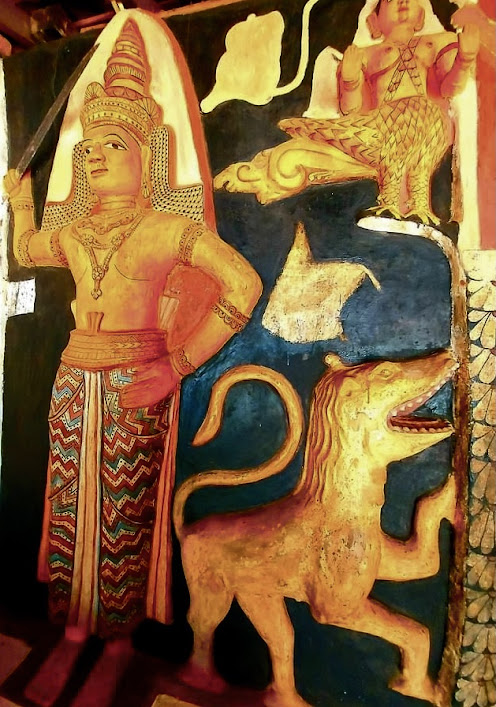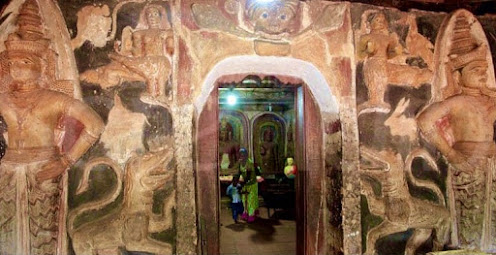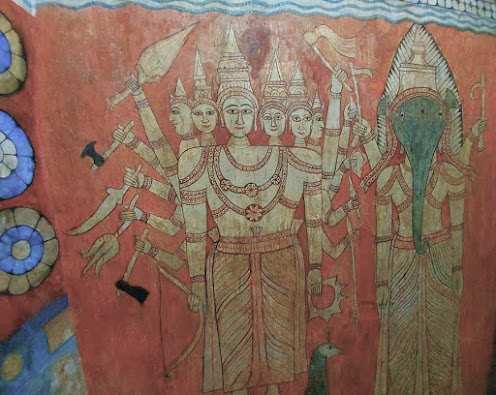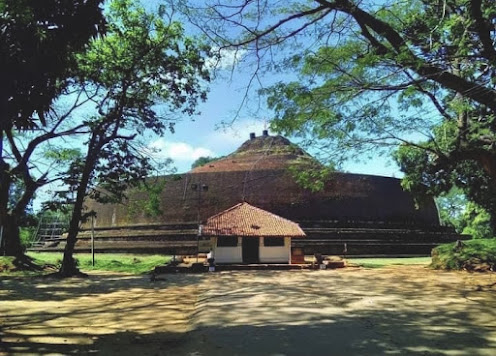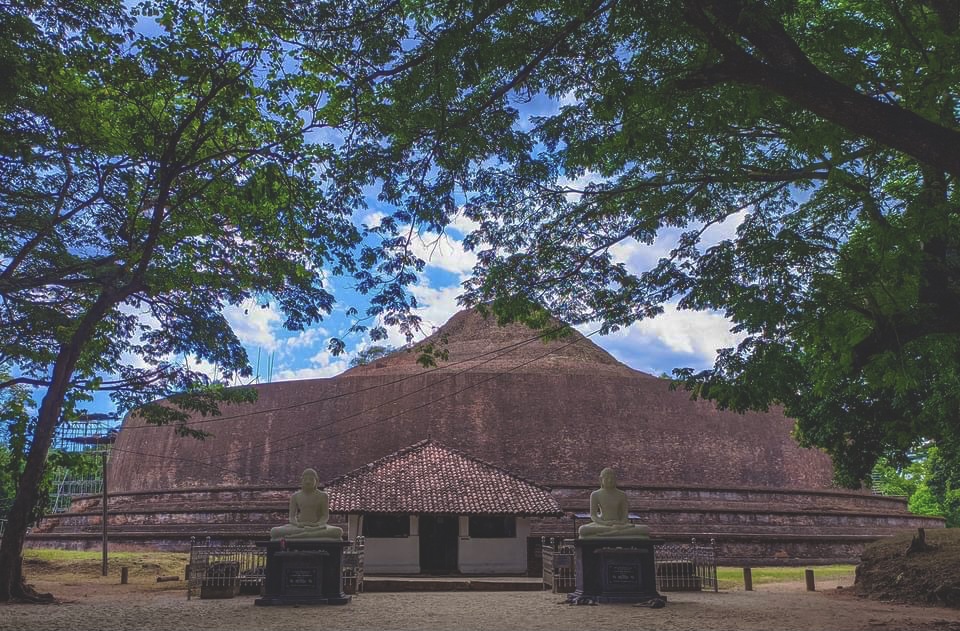Yudaganawa is an ancient archaeological site located in the Monaragala District of Sri Lanka Yudaganawa is believed to date back to the early historic period of Sri Lanka, possibly constructed during the reign of King Devanampiya Tissa (3rd century BCE) of the Anuradhapura Kingdom. It represents an era of ancient civilization and cultural development in the region.
Yudaganawa is primarily associated with Buddhism, serving as a prominent religious site during ancient times. It is believed to have been a monastery or meditation center for Buddhist monks, where they engaged in spiritual practices and rituals.
The site of Yudaganawa contains remnants of ancient structures, including stupas (dagobas), monastic complexes, and other architectural elements. Archaeological excavations have uncovered these artifacts, providing valuable insights into the religious and cultural practices of the ancient inhabitants.
One of the notable features of Yudaganawa is its stupas, which are dome-shaped Buddhist monuments built to enshrine relics or commemorate significant events in the life of the Buddha. These stupas vary in size and design, reflecting different periods of construction and architectural styles.
Yudaganawa is believed to have housed a thriving monastic community, with monks residing in monastic cells and engaging in religious activities within the complex. The remains of meditation halls, living quarters, and other structures have been discovered at the site.
Yudaganawa is recognized as an important archaeological site and cultural heritage monument in Sri Lanka. It serves as a tangible link to the country's ancient past and Buddhist heritage, preserving the legacy of its ancestors for future generations.
Yudaganawa attracts visitors, including historians, archaeologists, and tourists, who are interested in exploring its ancient ruins and learning about its historical significance. The site offers an opportunity to immerse oneself in Sri Lanka's rich history and cultural heritage.
